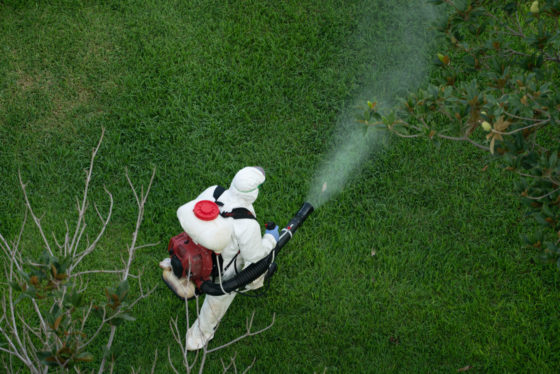An AgSafe safety advisor is reminding employers about how important it is to choose the right respirators for their workers and to ensure they fit properly.

Photo credit: iStock.com/banusevim
During this past summer, Emily Kerr, safety advisor with AgSafe, the health and safety association for the agriculture industry, shared this safety message on Twitter:
“I’d like to take a moment to express the importance of respirator fit testing. Almost every course I do there are at least 2 people who have been wearing an improperly fitting mask for months.”
I got in touch with Emily to find out more. She explained that part of her job involves promoting respirator safety, which includes visiting different worksites to provide free, on-site respirator fit tests. She told me that she often sees people using respirator cartridges that are past their expiry date or who are wearing the wrong size of respirator.
“An employer will buy all ‘Larges’ or all ‘Mediums,’ but everybody’s face is different,” she says. “Until you actually get a fit test, you don’t really know what size is needed.”
Top tips for breathing protection
Here’s a snapshot of what Emily and her team advise workers and employers during their on-site visits:
Pay attention to comfort. There are many different types of respirators so making sure you have one that’s comfortable is key. Says Emily: “Sometimes we have to try out several until we get the right fit, but workers are a lot happier and more productive when they have something that is actually comfortable to wear.”
Be sure you have the proper cartridges for the contaminant you’re working with. “Sometimes people think: ‘Oh I’ve got a respirator so I’m safe,’ but that’s not necessarily the case,” says Emily. It’s also important to make sure that the cartridge you choose is going to effectively protect you from a contaminant. She recommends looking at the safety data sheet (SDS) associated with what you’re working with, or contact the manufacturer, to figure out exactly which cartridge is needed.
Write the date on a cartridge as soon as you open it. The lifespan of a cartridge can vary depending on a number of different things, so take note of how many hours you’ve used it. Emily says you can always contact the manufacturer if you have questions about a cartridge’s lifespan as it can vary by brand. Once manufacturers have an idea of the environment you’re working in, they can provide a better idea about how long the cartridges will last.
Store your respirator in a sealed bag or container. Emily explains that when some cartridges are exposed, they can actually absorb contaminants just from the environment around them, which will cause them to expire faster.
Be clean-shaven to ensure a proper seal. Workers who can’t shave due to religious or other reasons can use a powered air-purifying respirator that doesn’t require a seal.
Do positive and negative seal checks every time you use the respirator. See details of how to do this on page 61 of WorkSafeBC’s Breathe Safer manual.
Thanks to Emily for speaking with me.


